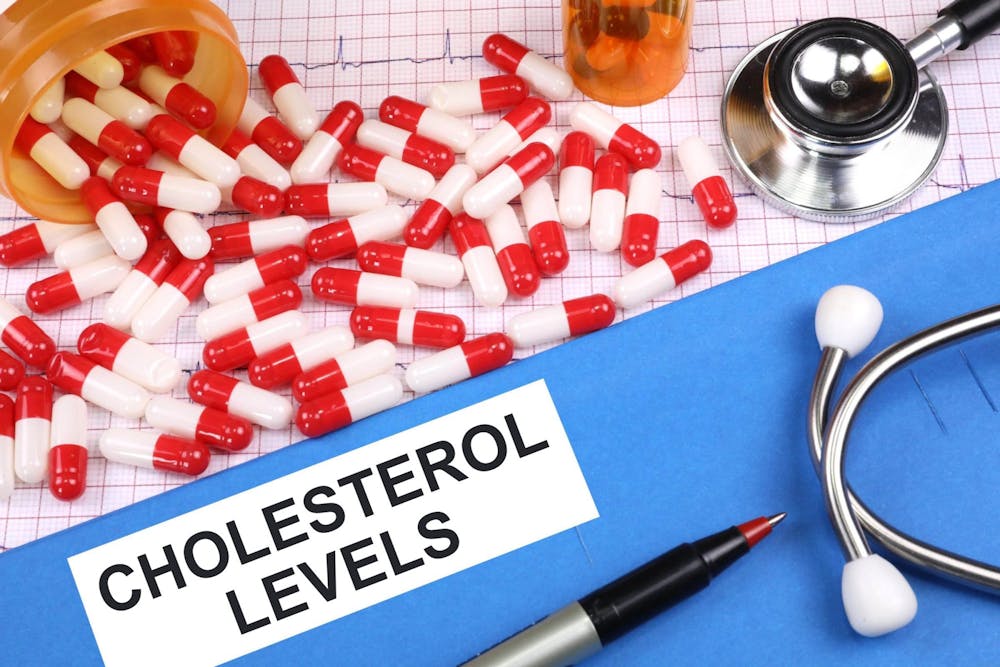As the fall semester progresses, exciting discoveries continue to emerge across academia. This week’s highlights include a dye that renders mouse skin “transparent,“ a super precise nuclear-powered clock, new insights into cholesterol's role in heart disease and robots controlled by mushrooms.
Transparent mice offer non-invasive monitoring of live animals
Mice have long been central to medical research, and studying them often requires invasive procedures such as biopsies. However, a new study published in Science demonstrates a non-invasive method for making live mice “transparent.”
In the experiment, scientists rubbed a solution of water and tartrazine — a yellow food dye — on the skulls and abdomens of mice. Once absorbed, the skin became transparent and researchers could observe structures beneath, such as blood vessels and internal organs.
Remarkably, this effect is reversible: rinsing the dye off restores the skin’s opacity. Far more effective than previous methods of tissue transparency, this technique could revolutionize studies of the nervous system and neurological diseases in live animals.
Scientists develop key components for a nuclear clock
A recent publication in Nature details an intriguing advance in timekeeping: a prototype “nuclear clock” operates by measuring energy shifts inside an atomic nucleus, offering unprecedented precision in time measurement.
While atomic clocks have long been perceived to be the most precise, nuclear clocks could potentially surpass this accuracy by shifting the focus to the nucleus. Since protons and neutrons within the nucleus are less affected by external electromagnetic fields, nuclear clocks more stable than their atomic counterparts.
Such a clock could also have profound applications in fundamental physics: the nuclear forces that govern the “ticks” could detect subtle interactions with dark matter, an elusive substance making up 85% of the Universe.
Elevated cholesterol in youth linked to atherosclerosis risk
Atherosclerosis —a cause of heart disease — is characterized by the accumulation of plaques composed of fat, cholesterol and other substances in the blood vessels. Traditionally viewed as a disease of older adults, most prevention efforts target individuals over 50.
However, researchers from the University of Cambridge found that high cholesterol levels in youth significantly accelerated the development of atherosclerosis later in life. The study revealed that early exposure to high cholesterol alters gene activity in a way that accelerates plaque formation even at a young age.
In an interview with ScienceDaily, Professor Ziad Mallat — one of the study’s authors — remarked, “What this means is that we shouldn't leave it until later in life before we start to look at our cholesterol levels.”
Fungus-controlled robots shed light on novel control methods
Researchers at Cornell University have pioneered a new class of biohybrid robots powered by fungal mycelia, a rootlike structure of fungus with branching. As reported in Science Robotics, researchers grew mycelia into the robot’s electronics to sense environmental changes and control the robot’s movements.
Two biohybrid robots were created: a soft “spider-like” robot and a wheeled robot. Robots exhibited movement in response to natural electrical spikes from the mycelium and altered their gait when exposed to ultraviolet light.
The experiment proved the mycelia’s ability to respond to environmental stimuli. It is a key step toward developing robots that could integrate natural sensing mechanisms, potentially offering a more adaptive and responsive interface than traditional synthetic robots.





